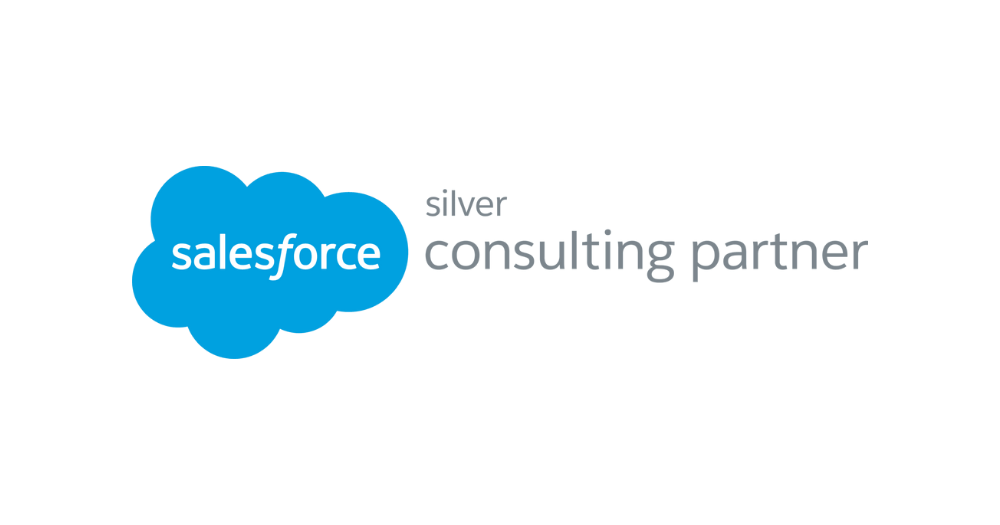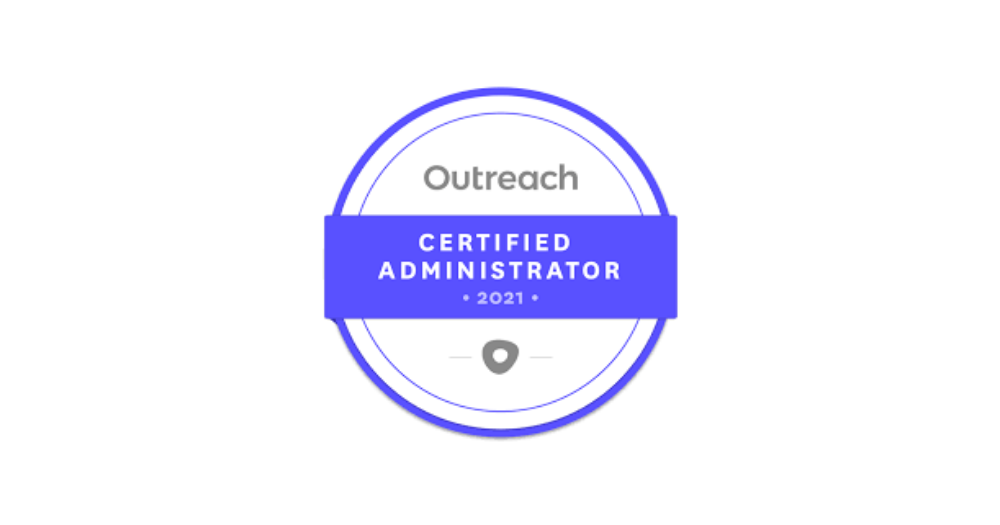Lead Routing Tools for Salesforce: A Buyer’s Guide

Shopping for a lead routing tool? Here’s everything you need to think about to find the last routing tool you’ll ever need.
2 Salesforce Screen Flows to Optimize Your Sales Workflows

Screen flows can significantly cut down sales admin time while ensuring that you capture key data on your deals.
Lane Four Partners with RevGenius

Lane Four is now an official partner of RevGenius! We’re excited to be joining an inclusive and growing community to shape the future of RevOps.
Lane Four Committed to Equity, Diversity, and Inclusion in Tech

Lane Four is proud supporters of The Juno Foundation and their mission to increase EDI within the Canadian tech industry.
This Template Will Fix Your Forecasting

Take the guesswork out of forecasting by better defining your sales process in Salesforce. (This template will help!)
Lane Four Announces Silver Salesforce Consulting Partnership

After a year of unprecedented growth, Lane Four has earned Silver Salesforce Consulting Partnership status.
Lane Four Consultant Among First 100 Outreach Certified Administrators

After nearly two years leading Lane Four’s Outreach.io implementations, Joana Lourenço is now one of the first 100 Certified Outreach Administrators in the world.
[Webinar] Build a Solid Foundation to Scale SaaS with Matching & Routing

RevOps expert Aidas Dires discusses how lead matching & routing is essential to building a foundation to scale in SaaS.
Lane Four Highly Competitive in Lead-to-Account Matching & Routing Category

New Data from G2 Shows that Lane Four Punches Well Above Its Weight in This “Absolutely Essential” Software Category